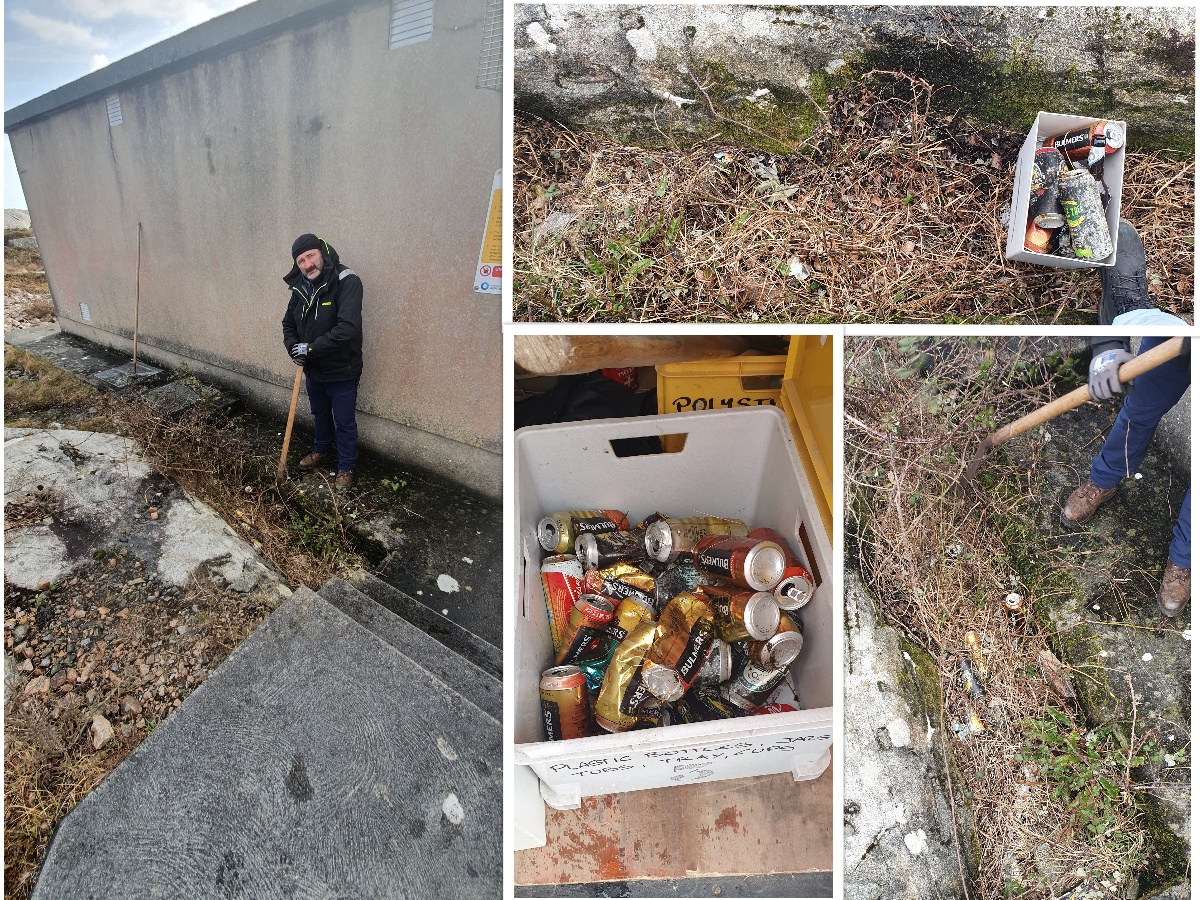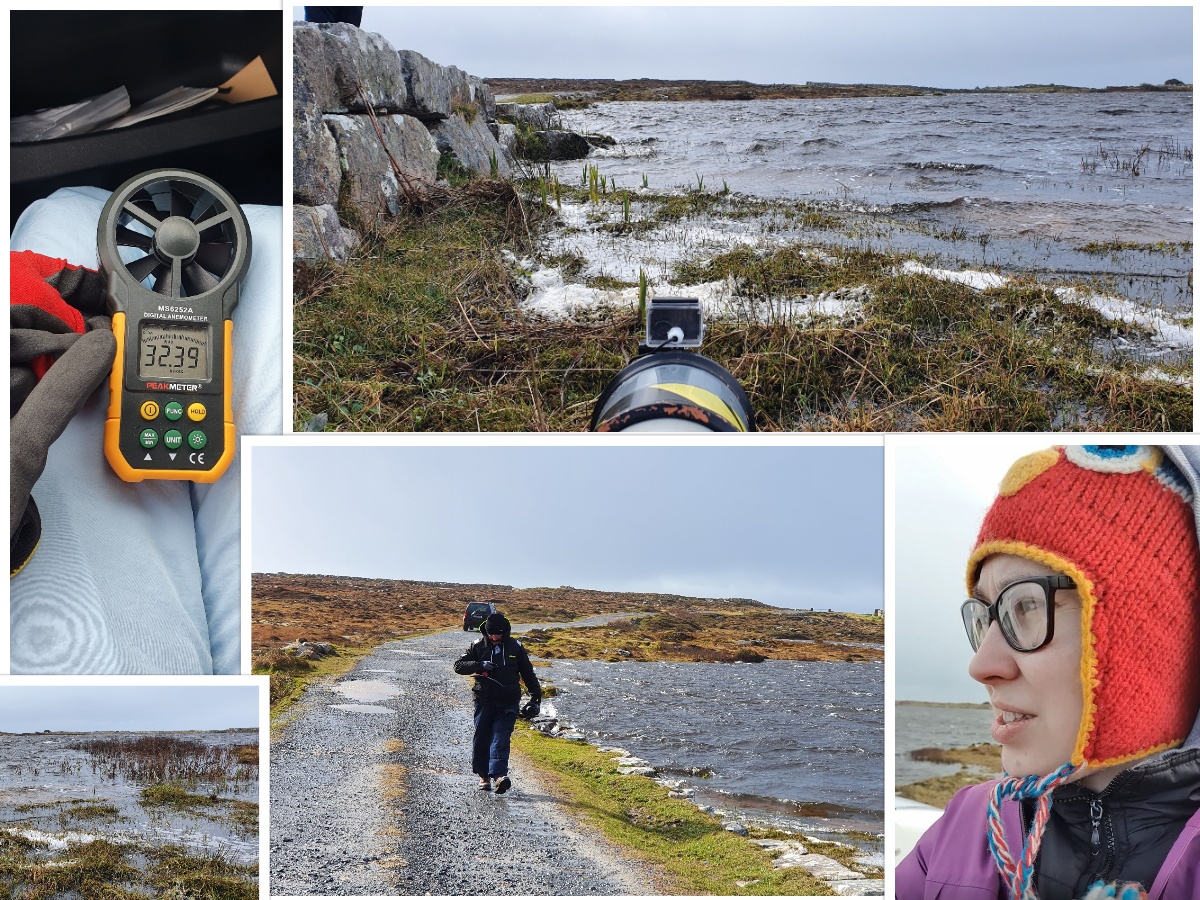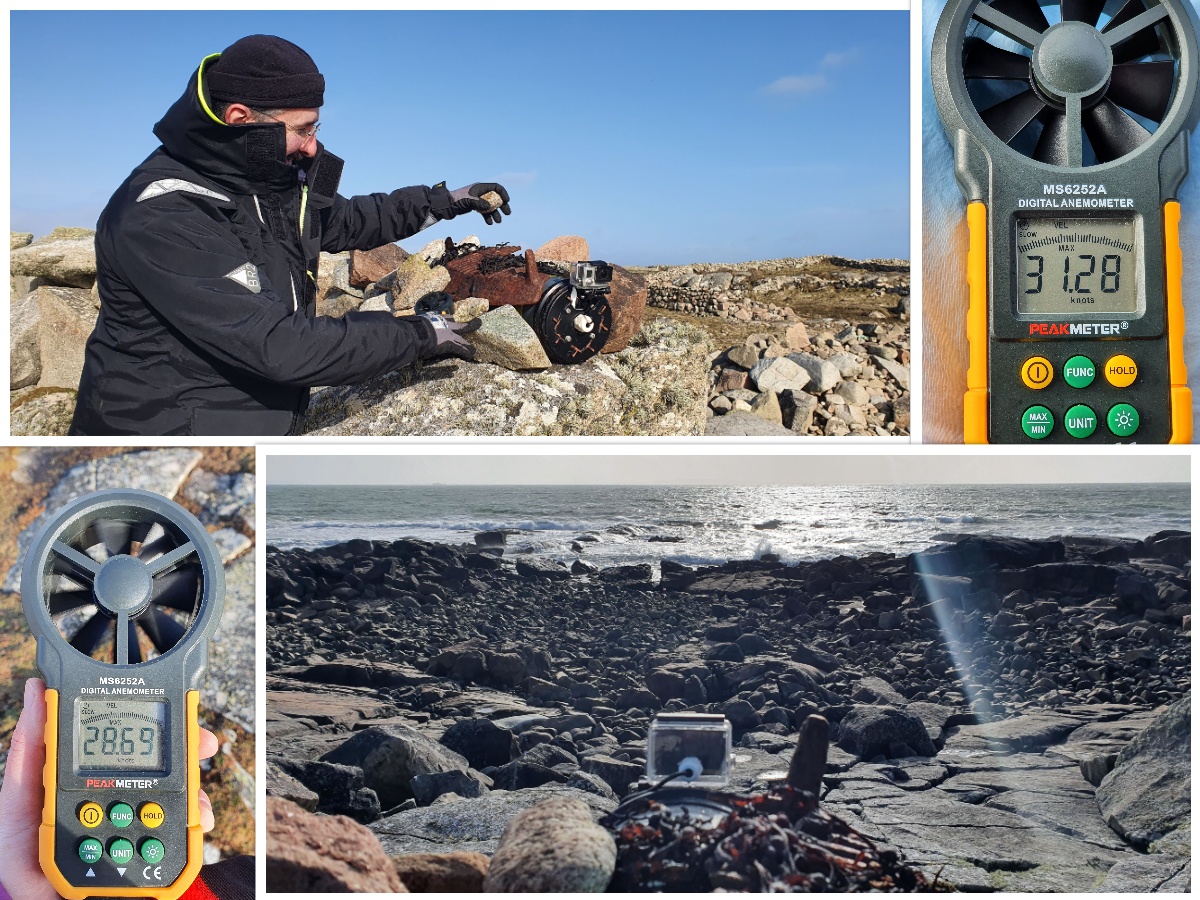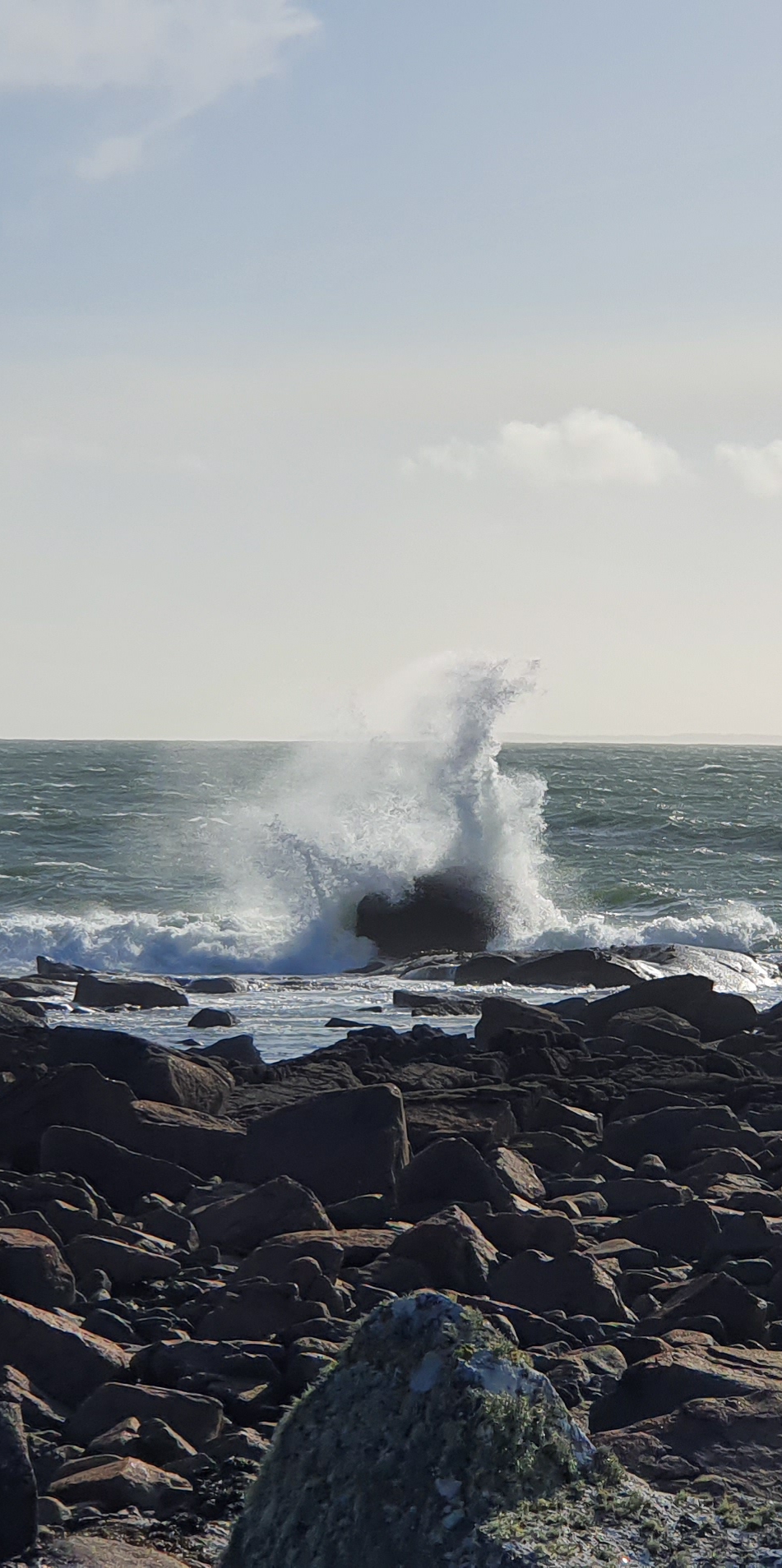Part of the HIGHWAVE project is to harvest real-time data in situ to build more robust and accurate models.
 Analysing the data is one part of the job, but harvesting it is another and a very important one. When one spends time at the desk in the office, it can be very beneficial to go and see and participate in data gathering.
Analysing the data is one part of the job, but harvesting it is another and a very important one. When one spends time at the desk in the office, it can be very beneficial to go and see and participate in data gathering.
The process is not as easy as some might imagine. There is a vast amount of preparation that comes even before going out and collecting measurements. Good spots need to be picked; therefore, the area needs to be explored. Instruments must be assembled and tailored to suit the environment. Every detail can become crucial once in the field. From right location for the weather station, to preventing the camera lens getting rain and sea water drops on it.
In the 24 work hours spent at Ros an Mhil basecamp, we had to organize the workshop, prepare the cabinet for the weather station, come up with a logistics plan for transporting the cabinet to the agreed location. The location itself had to be inspected, exact spot picked, all the wires that connect the instruments measured and instrument installation points established. This is not to mention that the location had to be cleared of shrub and rubbish left in the spot:
Once the location is ready, it is time to prepare the cabinet, and it is not as simple as just bringing it to the location. Power needs to be installed, holes for the wires need to be drilled (and it is a lot of work with the stainless-steel cabinet!), but even before that – the inside layout needs to be decided on. Preparing instruments is not the only job we have on the field, make wave and wind records is also an important part of our researcher's work
It was possible to make two separate recordings during the 24 hours – one at a small freshwater lake in Bantrach and another at the coast in the same location.
SmallWave lake as it has been nicknamed by Professor Dias is an interesting place to observe waves. The waters are shallow, and bathymetry seems to be flat, so the breaking that was observed was mainly due to the wind. The location allows to observe an interesting effect, waves are overtopping a small step on the side of the lake, and in the next instance are accelerated across the step by the wind. Some video recordings and photos were taken at the location. The winds at the time of the record were at 32.39 knots, and it is already challenging to work in these conditions.

Next, the camera was planted at the shore and left there for a few hours, recording 10 frames per second using the maximum possible image quality. The camera used was a GoPro with custom connected battery source, all encased into a recycled waterproof pipe. Again, wind measurements were taken at the time of planting and retrieving the camera. The camera needed to be secured, in such a way that the record would have a good view of waves, but at the same time not affected by the elements, or even an odd tourist or photographer (yes, even in that kind of weather!):

The time spent at ‘basecamp’ was very useful. A lot of work has been done, that will bring us closer to recording real time data. Looking at the waves and the ocean gives a lot of food for thought about the models that are being developed, it is very inspirational to see what is happening in the ocean. I now have a firm belief that everyone who is involved in this kind of research, especially numerical side, should go out and experience the real situation.
Personally, I feel blessed and grateful for the opportunity, the West Coast of Ireland is a beautiful part of the world, and it is amazing that we get a chance to do research there.
